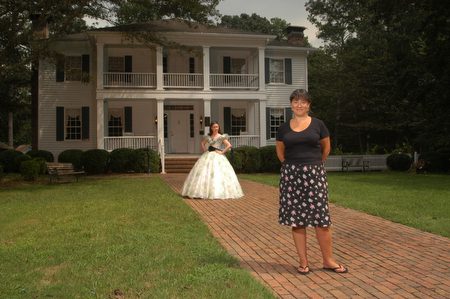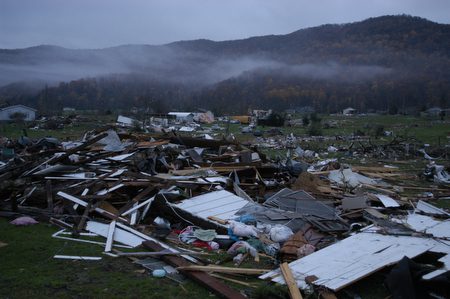 |
| Some of the planes flying in formation |
This weekend I went to the Good Neighbor Day Open House Airshow at DeKalb-Peachtree Airport. This brought back memories from my time in Civil Air Patrol in high school.
This made me think of how an early obsession playing GI Joe grew through the years in my life. It was this interest in getting dressed up in military outfits that led me to Cub Scouts, Boy Scouts and then to Civil Air Patrol.
 |
| Pitts aerobatic plane doing stunts |
I learned in each organization new things that people who wore those uniforms got to do. This interest was expanded and led me to enjoy technology. I learned in CAP for example how planes fly and how to use a compass and map to get around. You had to know this to help with search and rescue missions.
While at the air show I met a friend who grew up just blocks from the airport. He was so influenced by the airport that he went to Georgia Tech and majored in aerospace engineering.
 |
| Crowd watches a Pitts Plane |
While he is not doing that today, he too was seeing how an interest helped to start a journey.
 |
| Army had some of their helicopters for the crowd to see up close. |
Can you remember earlier interests and did this help lead you to where you are today?
 |
| The A-10 Warthog (Thunderbolt II) |
 |
| Paratroopers presenting the colors |














